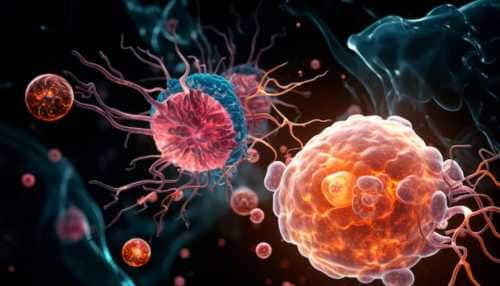- News>
- Health
Explained: What Is Brain-Eating Amoeba? Check What Led To Kerala Tragedy

Amoebic encephalitis is a rare but fatal central nervous system infection caused by free-living amoebae, Naegleria fowleri amoeba, also known as brain-eating amoeba, found in freshwater, lakes, and rivers.
Doctors have highlighted that exposure to contaminated water, particularly in lakes and other bodies of water, is a primary cause of infection from a brain-eating amoeba responsible for the deaths of two young children in Kerala within the span of a month. They advise against swimming in such environments to minimize the risk.Amoebic encephalitis is a rare but fatal central nervous system infection caused by free-living amoebae, Naegleria fowleri amoeba, also known as brain-eating amoeba, found in freshwater, lakes, and rivers.
A week earlier, the infection Amoebic encephalitis, caused by the Naegleria fowleri amoeba, claimed the life of Dakshina, a 13-year-old girl from Kannur.
Earlier in May, a five-year-old girl also from Kannur succumbed to the infection.
Another 12-year-old boy from Kozhikode has been suspected of the disease after showing symptoms of an amoebic infection. While two cases follow within days of a swim in a lake, in Dakshina's case, it reportedly took several months to manifest.
"Amoebic encephalitis, caused by the Naegleria fowleri amoeba, typically starts one to 9 days after exposure to contaminated water. This infection enters through the nasal cavity and advances rapidly, potentially becoming fatal within days," Dr. Arjun Srivatsa, Director & HOD - Institute of Neurosciences, Sakra World Hospital, told IANS.
Symptoms commonly include severe headache, fever, nausea, vomiting, stiff neck, confusion, loss of balance, seizures, hallucinations, sensitivity to light, and coma.
There are two types of amebic encephalitis, namely primary meningoencephalitis (PAM) and granulomatous amebic encephalitis (GAE). The initial symptoms of PAM are indistinguishable from bacterial meningitis, while the symptoms of GAE can mimic a brain abscess, encephalitis, or meningitis.
Antimicrobial therapy is the mainstay of the treatment yet the mortality rate is above 90 percent.
Dr. John Paul, Consultant in Tropical Medicine & Infectious Disease, SPARSH Hospital, Bengaluru, called on parents to "take precautions before allowing children into any waterbody".
"PAM affects the central nervous system rapidly and the mortality rate is 90 percent. This usually occurs in healthy children and young adults who would have been exposed to any waterbody that has the presence of amoeba Naegleria fowleri. This amoeba is present in warm and fresh water and the soil," Dr John told IANS.
Dr John explained that a week after contracting the infection, the symptoms progress by causing stiffness in the neck; seizures; confusion, hallucinations, and personality changes; photophobia; loss of balance.
"If not detected at the earlier stages the patient’s symptom progresses to coma, severe brain swelling, and death," he said.
The experts advised avoiding swimming, diving, or submerging, especially for people who are immunocompromised, to minimise the risk of contracting amoebic encephalitis from contaminated water.
"If swimming is necessary, using nasal clips can provide some protection against Naegleria fowleri entering through the nasal passages," Dr. Arjun said.
